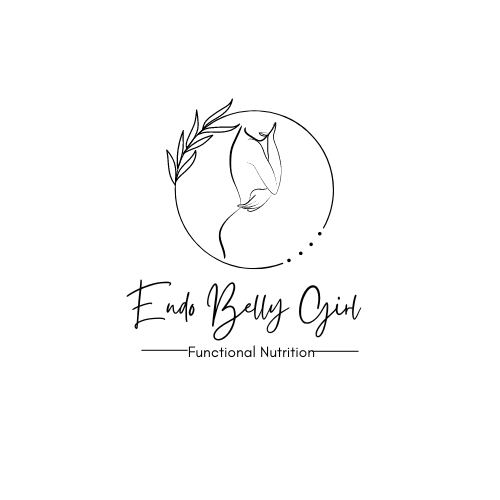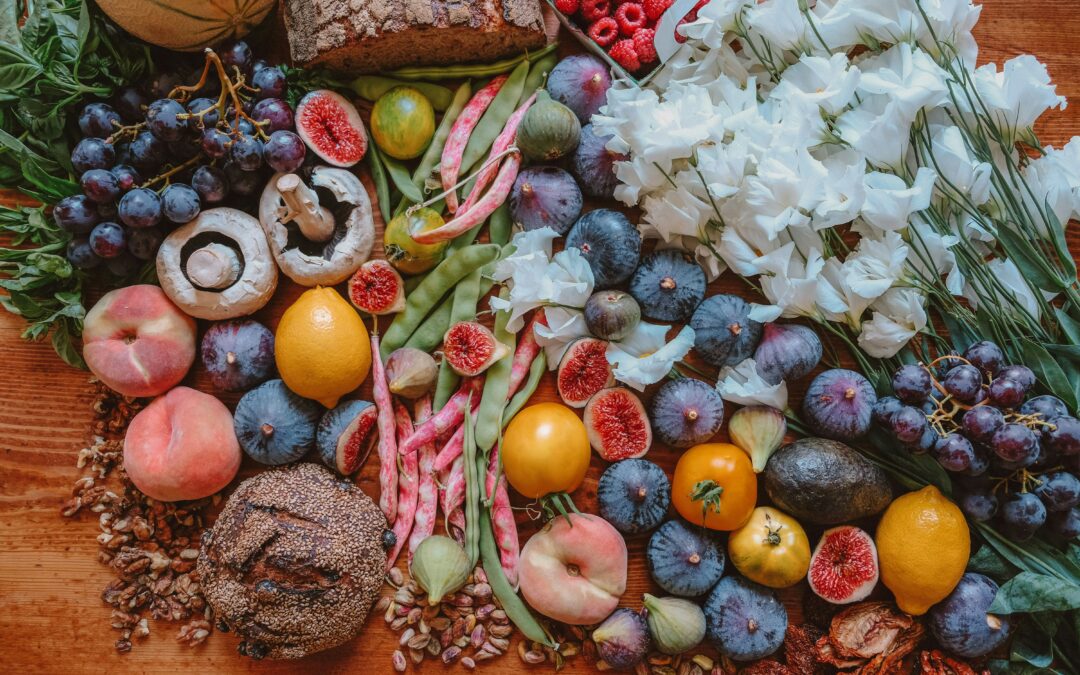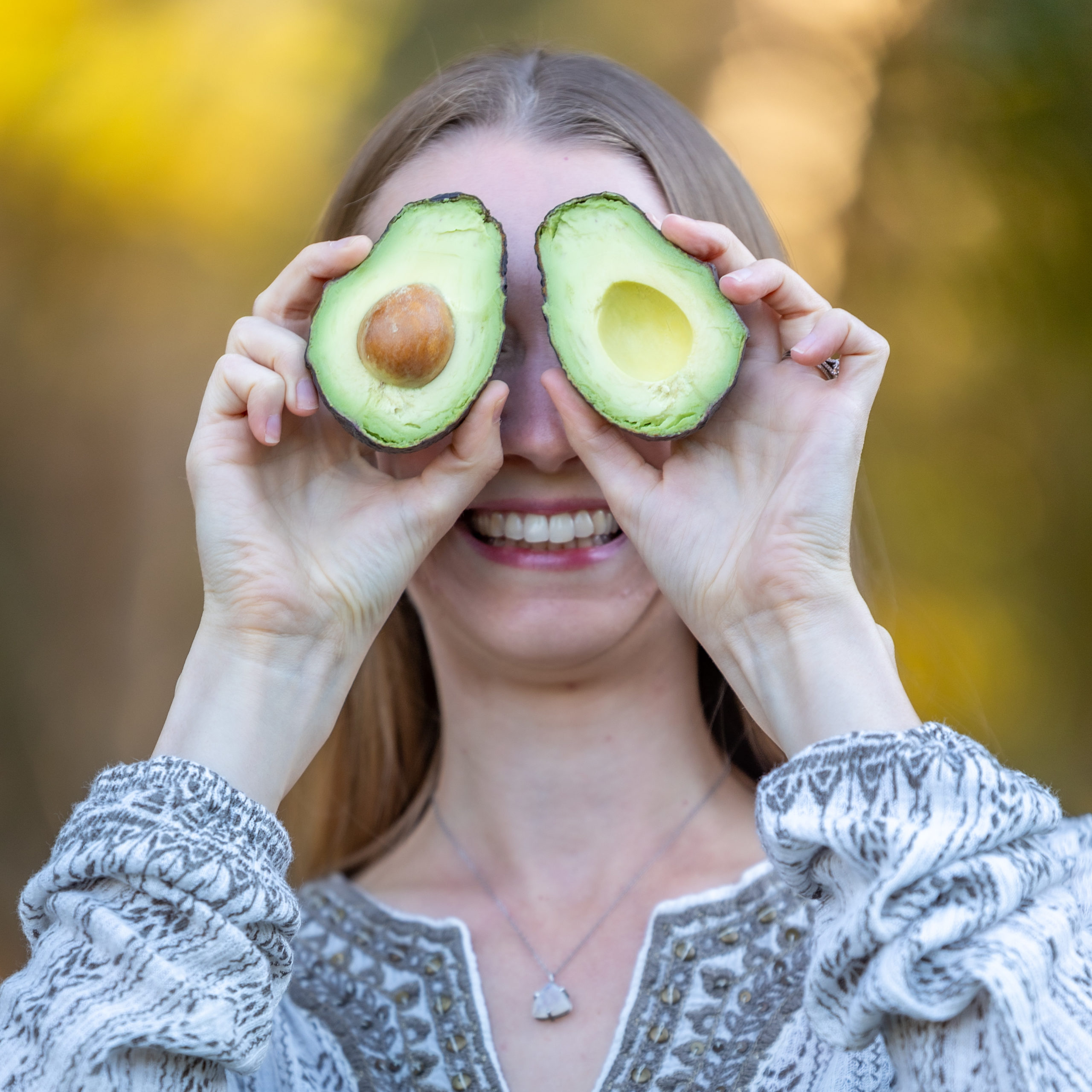Listen Now
Welcome back to the Endo Belly Girl Podcast! In this week’s episode, I discuss “the endometriosis diet.” Contrary to popular belief, there isn’t one specific diet to follow. There is no one diet because everyone is bio-individual, meaning we all have different bodies and we do not process foods the exact same way.
In this episode, you’ll hear:
-Why there isn’t a singular diet for endometriosis, and why there is so much confusion out there.
-The key is your unique bio-individuality, and what works for others might not work for you because our bodies are all different.
-Eat primarily whole foods, which are foods you find in nature like meat, fish, seafood, fruits, vegetables, legumes, whole grains, nuts, and seeds if your body tolerates it.
-Focus on a nutrient-dense diet to ensure you’re getting a wide range of nutrients like colorful vegetables, as each offers unique nutritional benefits; also prioritize omega-3s and protein, which are crucial for healing and overall well-being.
-Organic and grass feed and finished meat, pasture-raised eggs and poultry, and wild-caught fish and seafood are best for your body and the environment.
-Avoid vegetable oils like canola, corn, soybean, safflower, and sunflower oils, as well as sugar and processed foods; these can cause inflammation in the body, potentially aggravating endometriosis symptoms.
-Focus on fats like ghee, coconut oil, and avocado oil; olive oil works well for low heat or salads. For sweeteners, opt for lower glycemic options like maple syrup, fruit, coconut sugar, and honey.
-Bio-individuality means we’re all unique, with different bodies and needs; it’s not just about what you eat, but also about your cultural, religious, and personal beliefs.
-Identify problematic foods like dairy or gluten that might worsen your endometriosis symptoms due to inflammation. Consider trying a 30-day elimination diet like the PALEO AIP.
Trust your intuition to discover which foods suit you best and allow you to customize your diet to your needs, ultimately understanding your bio-individuality. Check out the guide below to create your personalized endometriosis diet. It’s a valuable resource for deciding what works best for you. Remember, eating should be enjoyable, not stressful or dreaded.
Resources:
Subscribe to The Endo Belly Girl Podcast:
Apple | Spotify
Connect w/ Alyssa:
Work w/ Alyssa:
Disclaimer: This podcast is for educational purposes only. This may not be the best fit for you and your personal situation. It shall not be construed as medical advice. The information and education provided here is not intended or implied to supplement or replace professional medical treatment, advice, and/or diagnosis. Always check with your own physician or medical professional before trying or implementing any information read here.
Episode info and full transcription
Navigating the Endometriosis Diet: A Guide to Tailoring Nutrition for Endometriosis Relief
Endometriosis affects one in ten women during their reproductive years, often resulting in debilitating pain, inflammation, and a range of other uncomfortable symptoms. Many women have turned to dietary changes as a strategy for managing these symptoms, but with so much conflicting advice, it can be challenging to know what to follow. Today we will explore the complexities of “the endometriosis diet,” debunk common myths, and guide you on how to personalize your approach to nutrition to manage endometriosis effectively.
Understanding the Endometriosis Diet
Endometriosis prompts many women to experiment with dietary changes to alleviate symptoms. However, misinformation and contradictory advice can make it difficult to identify effective strategies. It’s crucial to cut through the noise and consider evidence-based information while also tuning into one’s own body signals.
From avoiding gluten and dairy to debating the merits of red meat, navigating dietary advice for endometriosis is fraught with conflicting opinions. It’s important to approach this with a critical mindset, recognizing that a one-size-fits-all solution does not exist. Historical shifts in dietary perspectives, such as the changing views on eggs, remind us that nutritional “truths” can evolve, reinforcing the need for ongoing critical evaluation of current advice.
Taking a Personalized Approach to The Endometriosis Diet
Personalization is key in managing endometriosis through diet. Bio-individuality is key, meaning acknowledging that each body is different and dietary needs will vary from person to person. Cultural, religious, and personal preferences play significant roles in shaping diet, and what works for one might not work for another.
Identifying Food Sensitivities and Intolerances
Many with endometriosis find they are sensitive to certain foods. Methods like the MRT food sensitivity blood test or elimination diets can be helpful in identifying food sensitivities. Reintroducing foods one at a time helps in understanding how each affects the body, allowing for a more tailored diet that suits individual needs.
Dietary Guidelines for Endometriosis
In general, some broad guidelines can help start the process of adjusting one’s diet:
– Whole foods: Focus on fresh, unprocessed foods.
– Omega-3 fats: These are anti-inflammatory and can be found in foods like fish and flaxseeds.
– Quality protein: Helps with repair and building new tissues. Sources can include meat, poultry, eggs, and seafood.
– Limiting inflammatory foods: Reduce intake of vegetable oils, sugar, and processed foods, which can exacerbate inflammation.
The Power of Nutrients in The Endometriosis Diet
Nutrients play a vital role in managing endometriosis. Zinc, for instance, is critical for the immune system and healing wounds. A diet rich in a variety of vegetables ensures a wide intake of necessary vitamins and minerals. Nutrient-dense foods support the body’s overall health and can mitigate some of the symptoms associated with endometriosis.
Sourcing Your Food
Choosing where your food comes from can also impact its health benefits. Organic, grass-fed, and pasture-raised options are preferable not only for individual health but also for the environment and animal welfare. These options typically offer better nutrient profiles and are free from harmful pesticides and hormones.
Keeping It Simple and Personalized
Ultimately, managing endometriosis with diet should not be about adhering strictly to a list of “forbidden foods” but about finding what works for you through trial, error, and careful observation. Keep your approach to diet simple and personalized. Experiment, adjust, and listen to your body—it’s the best guide you have.
Conclusions for The Endometriosis Diet
Crafting an effective endometriosis diet is less about following rigid guidelines and more about understanding and responding to your body’s unique needs. By focusing on whole, nutrient-dense foods, listening to your body, and adjusting your diet based on personal responses, you can create a supportive dietary plan that mitigates symptoms and enhances your quality of life. Stay informed, stay mindful, and remember that you are your own best advocate on the journey to better health.
Remember, the path to managing endometriosis through diet is not linear. It is marked by personal discoveries, setbacks, and triumphs. We are here to support you every step of the way. Join us as we explore more about health, wellness, and thriving with endometriosis.


